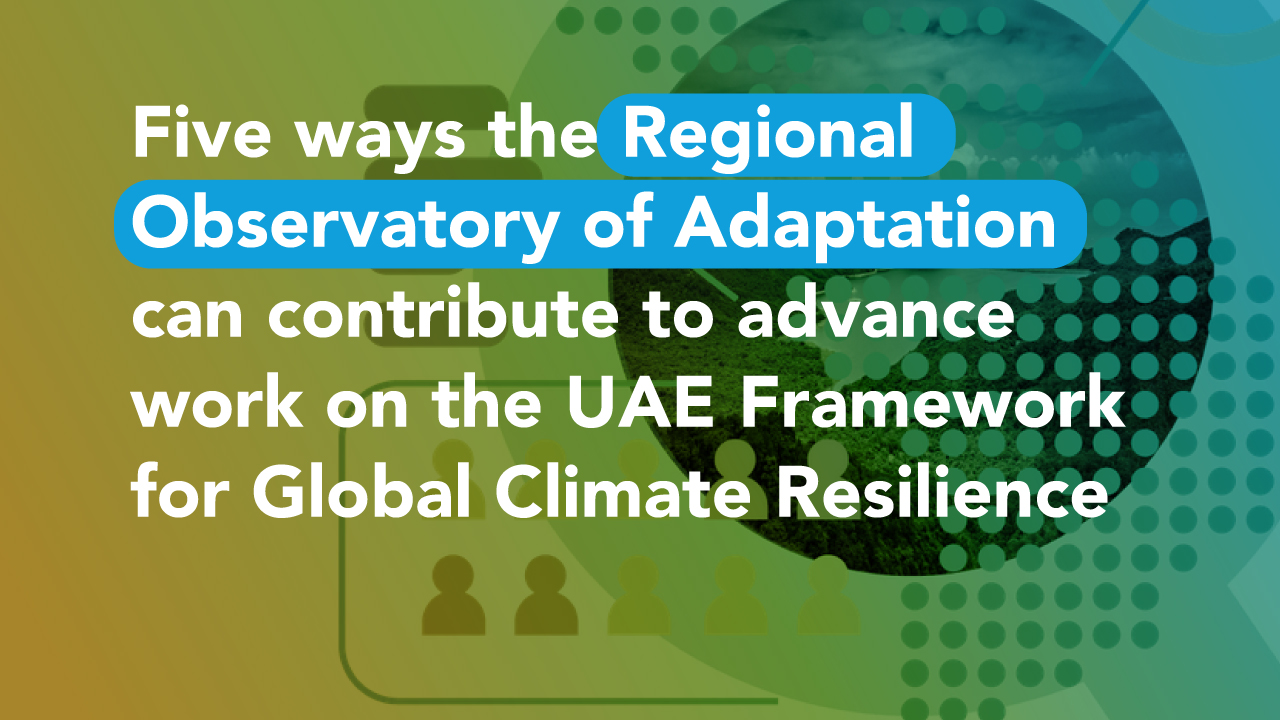Strategic planning in national adaptation to climate change processes requires an analysis of the national context, its priorities and its international commitments. One of the first steps to achieve efficient strategic planning, especially at the inter-institutional level, is the definition of common and sectoral goals to have a clear vision of what you want to achieve as a country. To ensure that the establishment of these goals and results allows for effective implementation, 5 essential elements have been identified.
1. How can we build capacities and knowledge management?
These elements are fundamental in planning adaptation to climate change, since capacity building involves strengthening the skills, knowledge and resources of people and organizations to face the challenges of climate change. This may include training in adaptation techniques, developing planning skills and improving resilience.
On the other hand, knowledge management refers to the collection, organization and dissemination of relevant information on planning for adaptation to climate change. It also includes access to updated scientific and technical data, as well as the promotion of research and innovation in the field of adaptation.
In summary, capacity building and knowledge management are two interrelated and complementary aspects that play a crucial role in climate change adaptation planning. Both contribute to strengthening the capacity of communities, governments and organizations to face climate challenges and promote sustainable development, with the aim of achieving better decision-making.
2. How can coordination and cooperation contribute?
When talking about coordination and cooperation, we must focus on strategic planning to create and/or strengthen platforms, not only inter-institutional, but also intersectoral, that allow the exchange of good practices, lessons learned and the creation of collaboration networks.
This contributes to making informed decisions and a consensus on sectoral objectives that are common to the entire country. It is necessary to consider that adaptation to climate change is a continuous and dynamic process. The contribution to strategic planning from the field of coordination and cooperation must be flexible and open to constant updating as new information appears in the international and national climate and socioeconomic contexts.
3. How important are the financial resources?
Financial resources in strategic planning for climate change adaptation provide the means to implement adaptation policies, strategies and measures. It is important to consider where these financial resources will be used and how their operation and allocation should be structured to achieve the promotion of equity and climate justice, without leaving aside the role that private companies have in national adaptation processes.
Firstly, it is necessary to define what economic, fiscal or regulatory incentives are necessary in the country to comply with national priorities and international commitments. The potential impacts must be established, not only on the local and national resilience of ecosystems and communities as such, but also on the social and economic aspects in the medium and long term. For instance, a package of tax incentives can achieve technological changes in an industry, facilitating its entry into other markets and creating an impact on migration flows from cities.
Secondly, financing sources must be identified in a real, but also creative way. It is necessary to include national, international and private funds, as well as to create innovative financial mechanisms to support adaptation to climate change, facilitating the participation of private companies at all levels through the creation of public-private partnerships and using financial instruments, such as blended financing.
4. How is a monitoring and evaluation system established?
Having defined what is going to be evaluated and how it will be done, how much it will cost and why it should be done is the logic that should guide the establishment of a monitoring and evaluation system for national processes of adaptation to climate change.
This is crucial to achieve appropriation and reach the necessary institutional arrangements for its operation, considering that monitoring and evaluation are essential elements to generate evidence that supports decision-making to achieve transparent accountability sustainably.
Additionally, it allows us to identify patterns and trends regarding where future projects, actions and State policies should be directed. The evaluation can also contribute to identifying the strategies and techniques that have been successful, meaning technological innovation and growth can be considered investments with lower application risk.
5. What role do the legal and political frameworks play?
Regulatory frameworks play a transversal role in strategic planning since they represent the legal and regulatory basis of the four previous elements. These must be developed and/or updated taking into consideration that there is a scientific, economic and social framework that supports the decision-making. Orientation and coherence with national adaptation processes and actions, roles and functions, and horizontal and vertical communication channels are essential for its operation.
In summary, regulatory and political frameworks must be developed from three approaches — legal, institutional and operational — to guide and facilitate the implementation of adaptation measures to climate change in a sustainable way.




